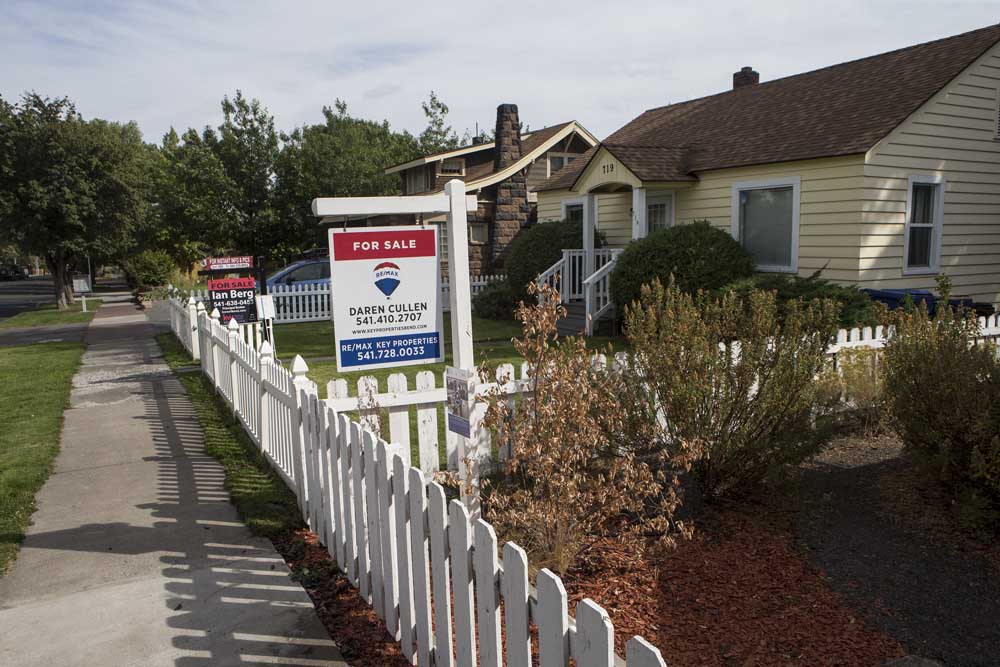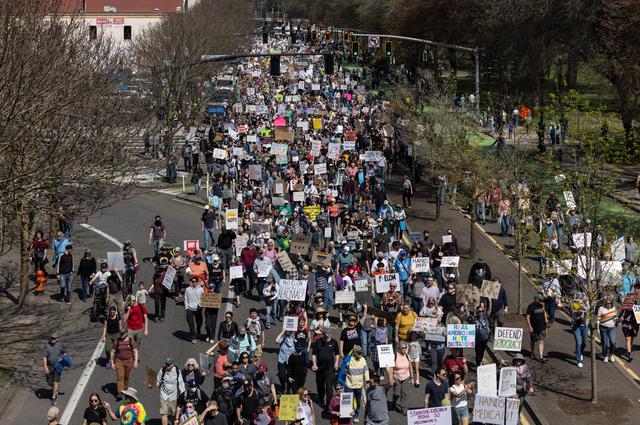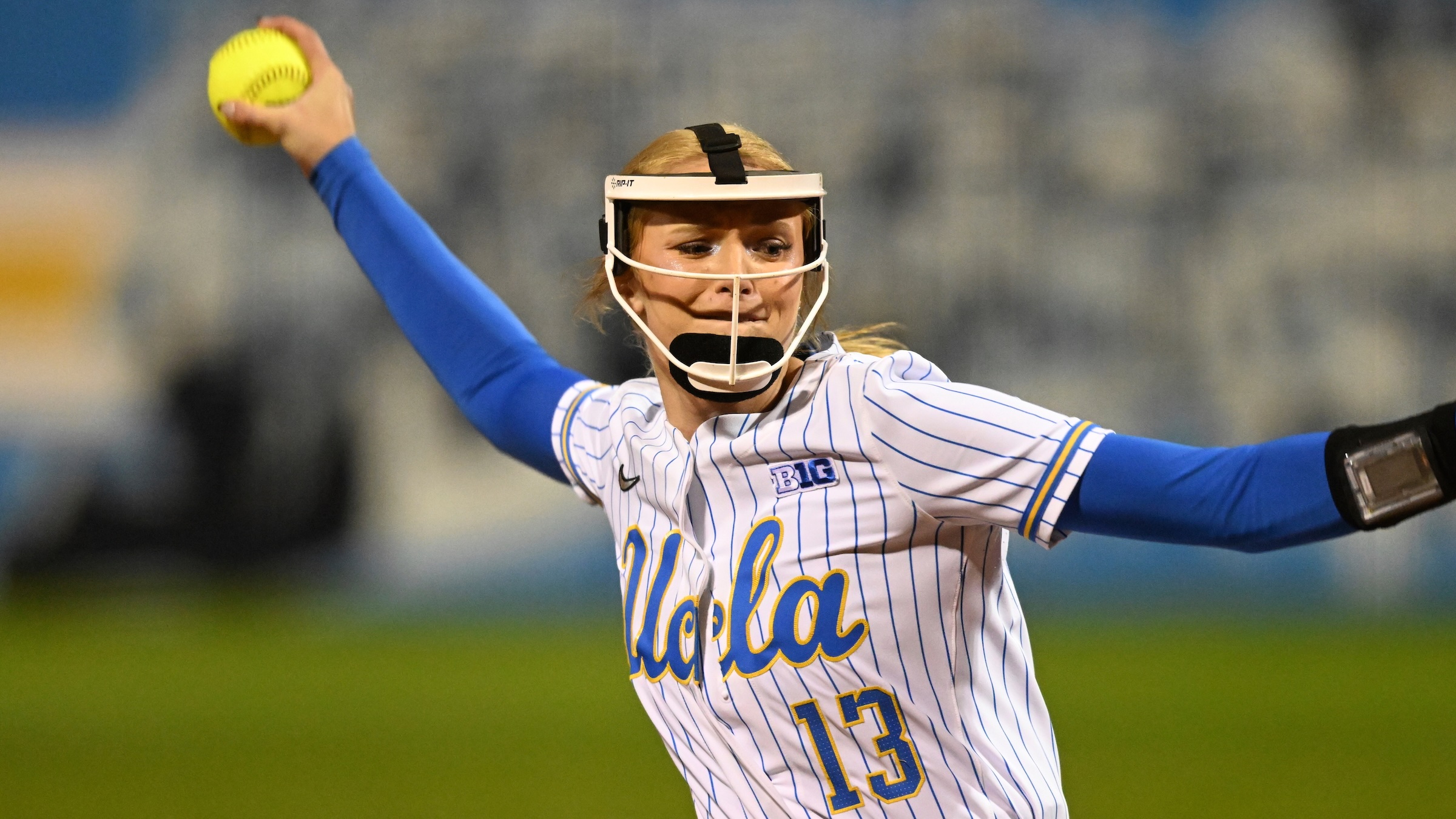‘Flintstones’, ‘Jetsons’, ‘Beatles’ cartoonist comes to Bend
Published 11:56 pm Thursday, March 23, 2017

- Australian cartoonist Ron Campbell, known for his work on "The Beatles" cartoon, "Yellow Submarine," "Scooby Doo," "The Smurfs" and more, will show and sell his pop-art paintings of his cartoon chracters at Peterson Roth Gallery on Tuesday and Wednesday. (Rob Shanahan/Submitted photo)
If you were a television-watching kid at any point in the last six decades, chances are high you’ve seen Ron Campbell’s work, even if the name doesn’t ring a bell.
The vast list of cartoons the Australian-born animator worked on between 1958 and 2008 includes “The Smurfs,” “The Jetsons,” “The Flintstones,” “Rugrats,” “Teenage Mutant Ninja Turtles,” “Bonkers,” “Goof Troop” and “Darkwing Duck.” He was part of the original team that developed “Scooby-Doo” and worked on segments in “Sesame Street” and the Emmy-winning “Big Blue Marble.”
And that’s not even listing his best-known work: “The Beatles” cartoon series that aired in the U.S. on ABC from 1965 to 1969, and the 1968 animated Beatles film “Yellow Submarine.”
“In my retirement I’ve been meeting the audiences of cartoon films, some of which I helped make, and one of the things that always amazes me is the incredible attitude people have toward them,” Campbell said recently from his home in Arizona, just north of Phoenix. “… (They’ll say) ‘Oh, Ron, thank you so much for making my childhood so enjoyable with times that I can sit down and watch cartoons and not — it’s just so memorable to me.’
“You show a drawing of Scooby-Doo, any kind of rough drawing of Scooby-Doo, to a child almost anywhere in the world, and they’ll break out in a smile,” he added. “Why? I don’t know; it’s a mystery.”
Mystery or not, cartoons still inspire that same fascination in Campbell today as they did when he was a kid. Though he officially retired from animation in 2008, he couldn’t stay away from drawing for long. He now creates pen-and-watercolor pop art of the characters he used to animate, with a heavy emphasis on his Beatles work, and travels around the country showing and selling his paintings. His next stop is the Peterson Roth Gallery on Tuesday and Wednesday, where he will also create personalized drawings for kids.
Campbell was inspired to start this second career by late Looney Tunes animator and director Chuck Jones, who created oil paintings of characters such as Bugs Bunny and Wile E. Coyote in his retirement. But at first, Campbell struggled to re-create the lively, colorful look of the cartoons he worked on.
“I looked at (Jones’) paintings and I thought they didn’t really look the way his cartoons looked on the screen, and I didn’t want to go that route. There was nothing wrong with what he did, not at all,” Campbell said. “But I found that the only way I could get it close to the way the cartoon film looks and not do a cel (animation celluloid) was to use very vivid watercolors and inks … rather than regular watercolors or oil paints.”
Born in 1939, Campbell, like many kids, was interested in drawing. He was also fascinated by the cartoon films he would watch in the movie theater on Sunday afternoons, including “Tom and Jerry,” “Heckle and Jeckle” and old Hanna-Barbera productions. But he didn’t connect the two at first.
“I wondered how it all worked — I thought they might even be real characters running around behind the screen or something,” Campbell said. “And my great-grandmother told me, ‘No, no, honey, they’re drawings.’ ‘Drawings? You mean I can do drawings that can come alive, that can run and sing and jump and make people laugh?’ It was like an epiphany for me, a childish epiphany — I was maybe 7, 8 years old. And from that moment on I became obsessed with doing animation myself.”
After attending art school, Campbell landed his first animation jobs in Australia in 1958. Eventually he was tapped by American producer Al Brodax of King Features to work on “Beetle Bailey,” “Krazy Kat” and “Cool McCool.”
Brodax ended up giving Campbell his biggest break soon after. He was developing a Saturday morning cartoon series based on the Beatles, who were then in the midst of their ascent to the top of the rock ’n’ roll heap, and needed a director for the episodes being produced in Australia.
“I said, ‘Really, Al, what’s the show?’ And he said, ‘It’s “The Beatles,”’” Campbell said. “And then I explained to him, ‘Al, insects make terrible characters for cartoon shows for kids.’ And he laughed and berated me.
“I wasn’t taking too much notice about popular music at the time,” Campbell continued. “Believe me, I was a very, very serious student of how to make cartoon films, and deliver them on time and make them on budget and all these complications I had to learn in the making of cartoon films. And I just wasn’t listening to pop music, not even in my car going to work.”
Famously, the Fab Four themselves were not fans of the show, at least not at first. That didn’t really bother Campbell, though — like he said, he was too busy creating the cartoon.
“John (Lennon) particularly referred to it as ‘that “Flintstones” s—,’ and of course that just showed John’s ignorance,” Campbell said. “‘The Flintstones’ was a terrific show. I wish our Beatles show was as well-made as ‘The Flintstones’ were. But also the budget was tremendously small. … The quality of the films were a function of the budget; however, the entertainment value of the films (was) enormously high.”
Campbell would get his chance to work on “The Flintstones” when Bill Hanna hired him to work for Hanna-Barbera. After relocating to Hollywood, Campbell ended up starting his own animation company, Ron Campbell Films.
In the late ’60s, he got another call from Brodax and was brought in with his friend Duane Crowther to help finish the Beatles’ full-length animated feature “Yellow Submarine.” His work on the film, including the Sea of Time sequence, the “Nowhere Man” sequence and many scenes involving the Chief Blue Meanie and his sidekick Max, helped tie the existing scenes together.
“When we sit down and watch the ‘Yellow Submarine,’ there we are back in 1968 in a way that few other films have been able to achieve,” Campbell said. “You’re just spirited back into the very idea of the ’60s, like the zeitgeist, if you will, of the ’60s, all expressed in that film.”
“In my retirement I’ve been meeting the audiences of cartoon films, some of which I helped make, and one of the things that always amazes me is the incredible attitude people have toward them. … (They’ll say) ‘Oh, Ron, thank you so much for making my childhood so enjoyable with times that I can sit down and watch cartoons and not — it’s just so memorable to me.’”— Ron Campbell, cartoonist
What: Ron Campbell
When: Noon to 7 p.m. Tuesday and Wednesday
Where: Peterson Roth Gallery, 206 NW Oregon Ave., Suite 1, Bend
Cost: Free
Contact: petersonroth.com or 541-633-7148






